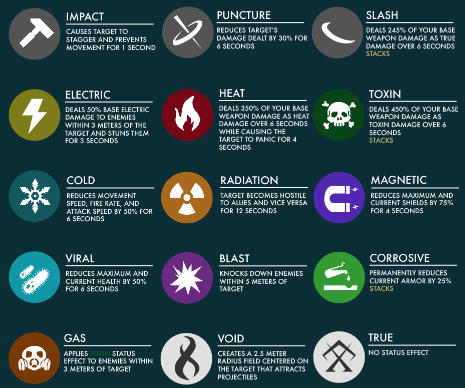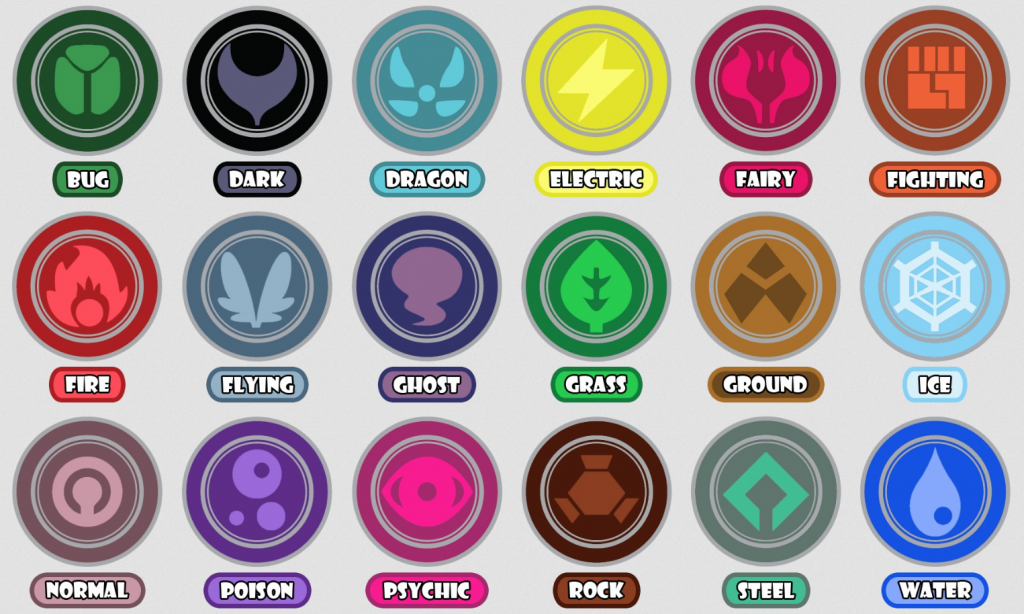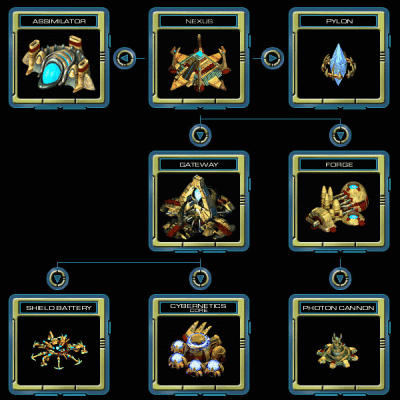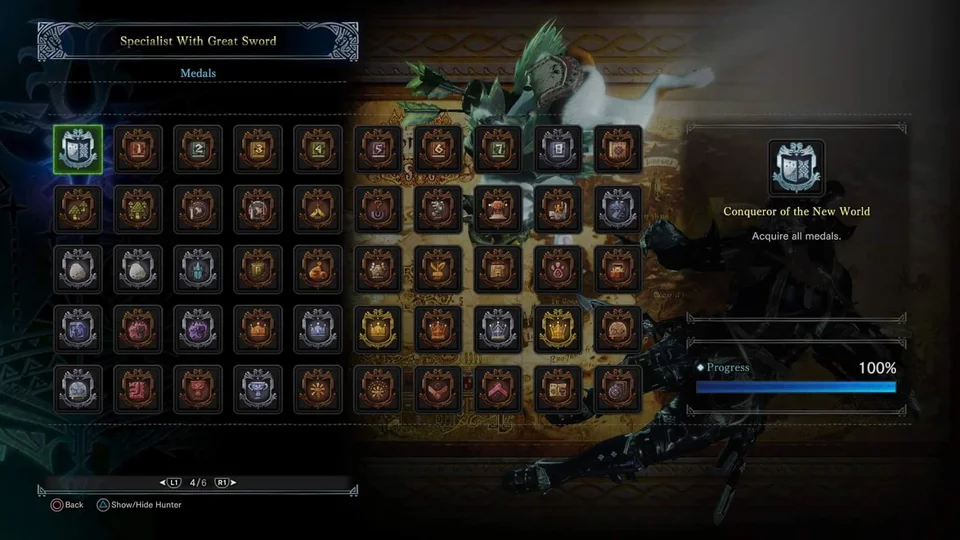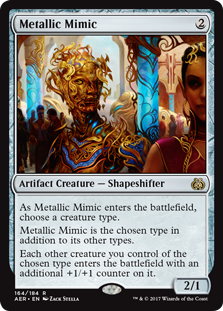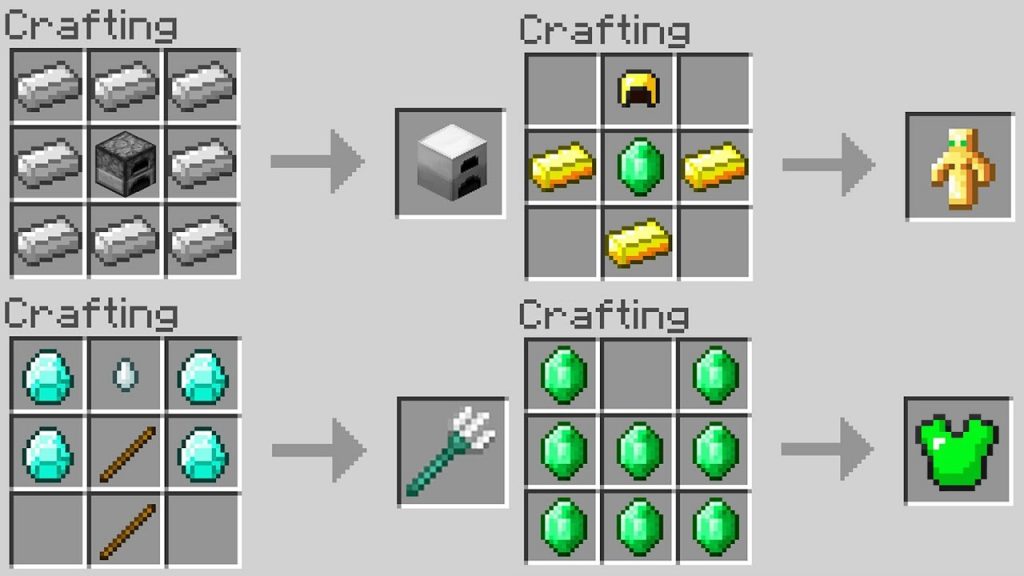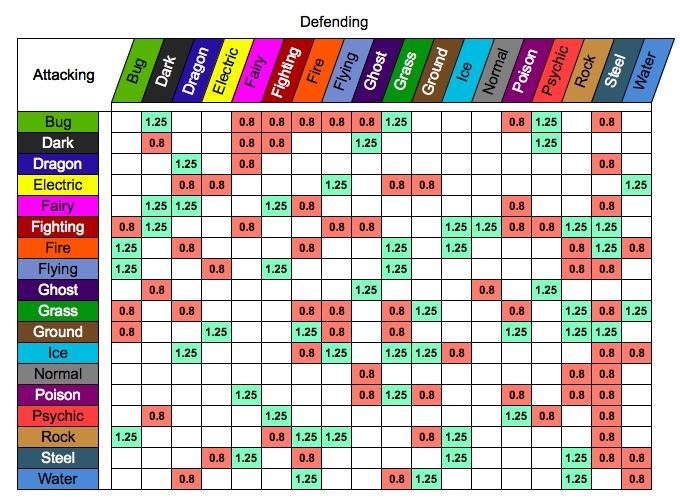Categorization, also known as classification, grouping, tags, or keywords, are metadata assigned to game elements for the purpose of organization, identification, aesthetics, or rules-application. Categories can come in many forms including words, colors, images, or other identifying marks. For example, in the game Magic: The Gathering, most cards are placed into color categories of either Black, White, Red, Blue, or Green.
Table of Contents
Game Element Grouping
Almost any game element (also known as “game patterns”) can be categorized. From the very packaging of the game, to the rules of the game, to in-game resources and effects. For example, in Dungeons & Dragons, the melee damage that a player-character can inflict upon their opponents during battle is categorized as either “bludgeon” damage, “slash” damage, or “piercing” damage.
Although categories may apply to almost any game pattern, common topics to be categorized include (but are not limited to):
- Resources: Points, currencies, or collectible/expendable assets.
- In-Game Items: In-game weapons, armor, structures, and trinkets that the player uses to win the game (or gain an advantage).
- Units/Avatars: The individual playable-characters or character groups that the player uses to influence the game.
- Terrains/Areas: Spaces, areas, or volumes within the play-space.
- Alliances: The teams or confederations that players form.
- Attributes/Characteristics: The style, nature, or attributes of game elements.
- Progression: Tech trees, player achievements/trophies, feat lists, upgrades, time intervals (rounds, turns), duration, etc.
- Products: The meta-elements of a game, such as its components, expansion packs, downloadable content, etc.
As an example, the popular Pokemon series has a collection of “pocket monsters” that each belong to one of 24 different types (e.g. “bug”, “ghost”, “ice”, “electric”, etc).
Category Strata
Game categories can be arranged either horizontally or vertically.
Horizontal Categories
Horizontal categorization is when game patterns, discrepant in style but analogous in value, are placed side-by-side in separate (but equal) categories. The classic analogy of comparing apples to oranges fits the description of horizontal categorization perfectly.
For example, in the SNES classic Chrono Trigger, after Chrono unseals the Forest Ruins pyramid, he must make a choice: does he acquire a new legendary weapon or a new legendary armor? The choices are more-or-less equal (but vastly different in the bonuses they provide).
Vertical Categories
Vertical categorization, on the other hand, is when game elements are placed into a hierarchy, with the items at the top of the hierarchy typically considered “best” or “most” of something (e.g. most-valuable, most-difficult); and items at the bottom of the hierarchy being considered “worst” or “least” of something.
Category Meanings
A category’s context, allegory, theme, or overall definition is typically predetermined by the game’s designer. Categories can center around a certain age, culture, continent, technology, and so on. What, exactly, a category represents or the central pattern that unifies the game elements that belong to it is limited only by one’s own imagination. That said, popular categories include (but are not limited to):
Horizontal Meanings
- Motif: The shared concept, aesthetic, or topic of the items or objects within the category.
- Theme/Style: Based off a setting, genre, visual look, or subject matter. Examples include “good versus evil”, color swatches, different sizes, shapes, etc.
- Noun: Any physical person, place, or thing. Examples include objects from anthropology (inanimate objects, structures, arts, civilizations, races, etc.), nature (animals, terrains/biome, weather), or supernatural (religions, deities, dimensions/realms, magic, monsters).
- Story Arc/Event: Important in-game moments, story plots, decisive actions, or some other verb. Examples include narrative-based ceremonies, war, marriage, betrayal, emancipation, time-based (past, present, future), etc.
- Media: The medium or material in which something is presented on or used (e.g. paper, cardboard, video, audio, etc).
- Method: How an item is used, completed, or its innate nature. Can also include the utility, mechanic, or procedure of how a rule is followed. Examples include the nature of fire, water, air, earth, ranged weapons, melee weapons, strategies, maneuvers, physics, engineering, etc.
- Artist & Aficionado: The people who design, develop, or play/engage in the game and their commonalities.
- Play-style/Archetype: Common play strategies or methodologies that players enjoy. Examples include combat-focused categories, stealth-based, cooperation, and so on.
- Intention: Why the designer or player is engaging in the game at all. Can include objectives or motivations such as relaxation, profit, socialization, reputation, storytelling, rewards, etc. See Player Motivations.
- Teams: The alliances and other team structures or player groups that form naturally or that are pre-determined.
Vertical Meanings
Vertical categories also have popular classifications:
- Rarity: The scarcity (or probability) of the game element existing or being found. Examples include: common, uncommon, rare, legendary, etc.
- Potency: How powerful (or influential) a game element is. Examples include experience levels, tiers, power-ratings, points, speed, resiliency, etc.
- Difficulty: How challenging something is to achieve or overcome.
- Value: The inherit worth (or cost) of a game element, its flexibility/modularity, extensibility, player-demand, etc.
Category Relationships
Special meta-rules can be applied to categories (and the elements within) to define what qualifies a game element for eligibility into one group (yet not another).
Multi-Categorical
Game element groups can interact with one another or have special rules assigned to them–relative to other categories. In previous category examples, a game element belongs to only one category. We could write an example of this as the following:
- The wand casts air magic.
Where the wand is a game element and “air” is a category of magic. However, when a game element belongs to two (or more) categories, the different categories can be mixed together, opening up a combinatorial explosion of possibilities.
For example, in Magic: The Gathering, the card “Metallic Mimic” is simultaneously an artifact creature and a shapeshifter. This card takes on all of the properties and rules of all of its categories. We could write an example of this as the following:
- The wand casts air magic and fire magic.
But we can further modify the relationship of these two categories by making them mutually exclusive, as in the next example:
- The wand casts air magic or fire magic.
This “or” clause demands some kind of decision or resolution to be made to determine what “type” of magic will be used (either air or fire magic). Typically this comes in the form of either player choice, its randomly determined, the game designer predetermines the method, or others.
Subsets
Game elements can be further classified into subsets (typically called “subtypes”). A simple example of this would be to have a “vegetable” group and a “fruit” group. The fruit group could be further-divided into “tree fruit” and “vine fruit”. There are no limits to the number of subdivisions that categories can have (unless the game designer decides otherwise). For example, the “vine fruit” category could have additional subsets of “grapes”, “blueberries”, “strawberries”, “tomatoes”, and so on. These subtypes can be either horizontal or vertical categories. We could write a simple example like this:
- The wand casts tornado air magic.
- The wand casts minor air magic.
The first example is of a horizontal subdivision, whereas the second example is of a vertical subdivision. If we combine multiple categories with subsets, we can mix-and-match many different styles and playsets. Here’s an example of both concepts combined:
- The wand casts blizzard air magic or major fire magic.
Any of the bold words can be replaced with a different category type as the game designer deems necessary. If we wanted to add randomness to our example, we could write it out as follows:
- Roll a six-sided die: On a 1-3, the wand casts blizzard air magic and water magic. On a 4-6, the wand casts major fire magic.
Categorical Patterns
Categories can also be combined together to form new game elements or even new categories. For example, in Diablo II: Lord of Destruction, players can collect “runes” that may be combined into specific patterns to form “rune words” which offer incredibly powerful bonuses that may be attached to the player-character’s gear. In other-words, players must collect runes of specific types (aka “categories”) then combine them together to make new attributes. The kicker is that runes are already divided into vertical categories that determine their rarity. Therefore, certain rune words are more difficult to form because their pattern requires runes of varying scarcity.
A similar mechanic exists in Minecraft where the player must collect resources belonging to certain categories and combine them into a spatial pattern that then creates a new game element (belonging to a new category).
Synergies & Discord
The game designer should always consider any rules that dictate how game elements of one category may effect elements of another category. Some game patterns may oppose (or compliment) other elements from different categories, forming a rock-paper-scissors mechanic. For example, in the Pokemon series, Pokemon of certain types inflict more damage against Pokemon of other specific types.
In Dungeons & Dragons, Resistance is a game term which means that a creature takes half damage from a specific source. Resistance can come from many categories, including racial traits, class features, monster special traits, and spells. For example, Tieflings have a racial trait that gives them resistance to fire damage.


